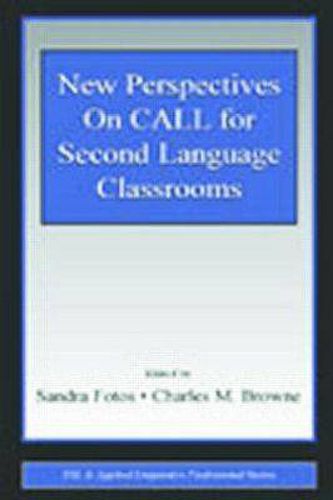Readings Newsletter
Become a Readings Member to make your shopping experience even easier.
Sign in or sign up for free!
You’re not far away from qualifying for FREE standard shipping within Australia
You’ve qualified for FREE standard shipping within Australia
The cart is loading…






This practical handbook is designed to help language teachers, teacher trainers and students learn more about their options for using computer-assisted language learning (CALL) and develop an understanding of the theory and research supporting these options. The chapters synthesize previous CALL theory and research and describe practical applications to both second and foreign language classrooms, including procedures for evaluating these applications. The implementation of CALL at the institutional level is also addressed, with attention to designing multimedia language laboratories and creating collaborative CALL-based projects between educational institutions. Although many chapters locate their descriptions of CALL activities and projects within the ESL/EFL setting, the principles and activities described are equally useful for other language settings. The book does not require prior knowledge of CALL, computers or software. To assist readers, a glossary of CALL terms and an appendix of CALL Web sites are provided.
$9.00 standard shipping within Australia
FREE standard shipping within Australia for orders over $100.00
Express & International shipping calculated at checkout
This practical handbook is designed to help language teachers, teacher trainers and students learn more about their options for using computer-assisted language learning (CALL) and develop an understanding of the theory and research supporting these options. The chapters synthesize previous CALL theory and research and describe practical applications to both second and foreign language classrooms, including procedures for evaluating these applications. The implementation of CALL at the institutional level is also addressed, with attention to designing multimedia language laboratories and creating collaborative CALL-based projects between educational institutions. Although many chapters locate their descriptions of CALL activities and projects within the ESL/EFL setting, the principles and activities described are equally useful for other language settings. The book does not require prior knowledge of CALL, computers or software. To assist readers, a glossary of CALL terms and an appendix of CALL Web sites are provided.